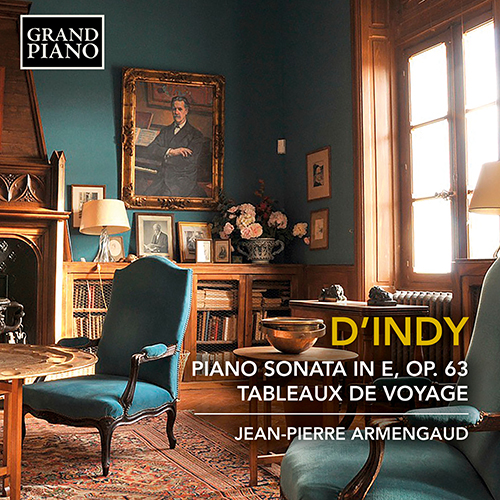
About this Release
“The Sonata of d’Indy represents for me a very original part of the French musical spirit, both aristocratic and innovative at the same time. Inspired by Wagner, the Sonata of d’Indy synthesises several musical trends of the time, but follows its personal way with a great imagination of forms and counterpoint, possessing a transcendental virtuosity. Vincent d’Indy is really one of the greatest composers of his time with a high artistic inspiration. I like to perform and to record this French music which stands between a nostalgia for a vanishing world and a huge drive for innovation, responsible for the passage from the era of classic-romanticism to a musical modern language. Behind Debussy, Ravel, Fauré, there are many lesser-known works, which reveal the genius of these composers.” — Jean-Pierre Armengaud
D’INDY, VINCENT (1851–1931)
Piano Sonata in E, Op. 63 • Tableaux de Voyage
- Jean-Pierre Armengaud, piano
A student of Franck, Vincent d’Indy founded the Schola Cantorum de Paris where he taught for many years. He was also a conductor, with a busy schedule of international touring. His compositions were permeated by the influence of Wagner—he attended the premiere of the Ring cycle—but in time he also absorbed the influence of French folk music, especially from the Vivarais, his ancestral home.
Vincent d’Indy’s large-scale Piano Sonata is one of a small but masterful sequence of non-programmatic instrumental works that he wrote in the first decade of the 20th century. Notable for a novel application of variation form in its opening movement it fuses experimentation with expressive power. Poetic atmospheres and landscapes are evoked in the Tableaux de voyage, postcards of his walks in Germany.
This recording was made on a modern instrument: Steinway, Model D
Tracklist
|
Piano Sonata, Op. 63 (1907) (00:35:00 )
|
|
1
I. Modéré: [Introduction] - (00:04:14)
|
|
2
I. Variation 1: Un peu plus animé - (00:01:44)
|
|
3
I. Variation 2: Lent - (00:02:10)
|
|
4
I. Variation 3: Plus vite - (00:02:26)
|
|
5
I. Variation 4: Modérément animé - (00:01:51)
|
|
6
I. Premier mouvement du thème - (00:01:23)
|
|
7
I. Thema mutatum (00:03:03)
|
|
8
II. Très animé - (00:00:48)
|
|
9
II. Un peu moins vite - (00:02:04)
|
|
10
II. Premier mouvement: Très animé - (00:00:30)
|
|
11
II. [bars 99-156] - (00:02:05)
|
|
12
II. Au mouvement (00:01:48)
|
|
13
III. Modéré - (00:02:43)
|
|
14
III. Même mouvement - (00:01:21)
|
|
15
III. Un peu plus animé - (00:00:26)
|
|
16
III. Au mouvement - (00:01:56)
|
|
17
III. Premier mouvement - (00:02:27)
|
|
18
III. Thema premier mouvement - (00:01:02)
|
|
19
III. Au mouvement - (00:01:15)
|
|
20
III. Un peu plus animé - (00:00:33)
|
|
21
III. [bars 245-287] - (00:01:54)
|
|
22
III. Au mouvement - (00:01:37)
|
|
23
III. Thema: Très large et puissant (00:03:41)
|
|
Tableaux de voyage, Op. 33 (1889) (00:37:00 )
|
|
24
No. 1. ? (00:01:48)
|
|
25
No. 3. Pâturage (00:02:54)
|
|
26
No. 4. Lac Vert (00:02:13)
|
|
27
No. 5. Le Glas (00:02:55)
|
|
28
No. 11. Beuron (00:02:07)
|
|
29
No. 12. La Pluie (00:05:20)
|
|
30
No. 13. Rêve (00:05:53)
|
The Artist(s)
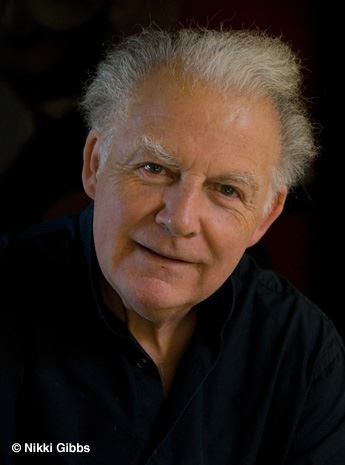 Jean-Pierre Armengaud is considered a leading interpreter of French music and a specialist in impressionist and expressionist repertoire, and is renowned for his ‘fluidly supple playing, his round and mellow tone’ (Classica). He has recorded several complete collections, of piano music by Debussy, Satie, Roussel, Poulenc, Dutilleux and Denisov. Armengaud has appeared in major concert halls around the world, performing in over 40 countries. His albums for Naxos and Grand Piano feature music by Debussy, Roussel, Poulenc, Aubert, d’Indy and others, and he has a particular interest in Henri Dutilleux. He has been director for musical programming at Radio France and is associate professor at the ParisSorbonne University and professor emeritus at the University of Évry Val d’Essonne at Paris-Saclay University.
Jean-Pierre Armengaud is considered a leading interpreter of French music and a specialist in impressionist and expressionist repertoire, and is renowned for his ‘fluidly supple playing, his round and mellow tone’ (Classica). He has recorded several complete collections, of piano music by Debussy, Satie, Roussel, Poulenc, Dutilleux and Denisov. Armengaud has appeared in major concert halls around the world, performing in over 40 countries. His albums for Naxos and Grand Piano feature music by Debussy, Roussel, Poulenc, Aubert, d’Indy and others, and he has a particular interest in Henri Dutilleux. He has been director for musical programming at Radio France and is associate professor at the ParisSorbonne University and professor emeritus at the University of Évry Val d’Essonne at Paris-Saclay University. The Composer(s)
Reviews
“From an interpretive point of view, how can we not be seduced by the subtlety, elegance, delicacy, virtuosity and fluidity of the playing of Jean-Pierre Armengaud… An admirable and rare record…” – ResMusica.com

“Jean-Pierre Armengaud, who has done so well with the works of Louis Aubert, Satie and Roussel, challenges this pinnacle with humility and self-effacement. He carefully works the sound, presenting the complex forms with delicacy and lightness.” – Classica
“An important recording.” – MusicWeb International

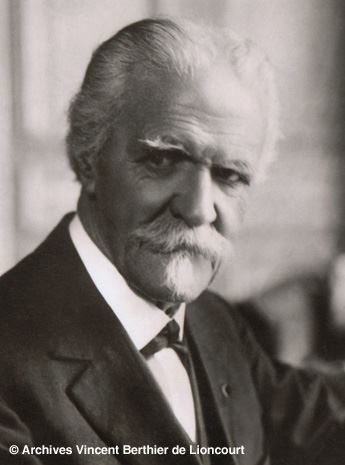

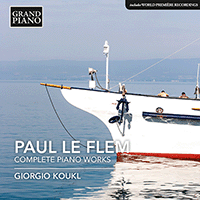
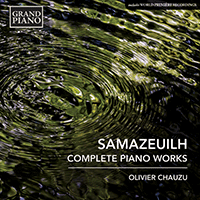
 Grand Piano has gained a reputation for producing high quality recordings of rare keyboard gems. Dedicated to the exploration of undiscovered piano repertoire, the label specialises in complete cycles of piano works by many lesser-known composers, whose output might otherwise have remained unknown and unrecorded.
Grand Piano has gained a reputation for producing high quality recordings of rare keyboard gems. Dedicated to the exploration of undiscovered piano repertoire, the label specialises in complete cycles of piano works by many lesser-known composers, whose output might otherwise have remained unknown and unrecorded.






